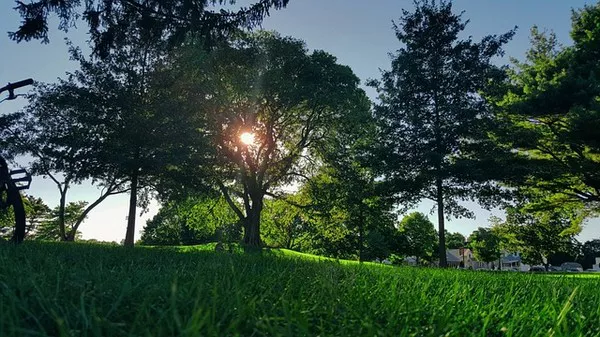Adelaide, Australia – As the threats of land clearance, bushfires, invasive weeds, and climate change persist, the importance of preserving small pockets of native vegetation for plant and animal conservation becomes increasingly apparent. Researchers from Flinders University have delved into the potential challenges faced by plants and their pollinators in these small reserves, specifically examining the reproductive output of a moth-pollinated plant in conservation reserves near Adelaide.
In a rare global study focusing on the negative impacts of small patch sizes of native vegetation, particularly those with nocturnal moth pollinators, the researchers concentrated on the common flowering Australian moth-pollinated plant, Stackhousia aspericocca ssp Cylindrical inflorescence. The study covered conservation reserves ranging from approximately 1 hectare to about 1,000 hectares.
The findings, published in Austral Ecology under the title “Impact of reserve area on reproduction of a moth-pollinated Stackhousia Sm. (Celastraceae) species in a fragmented landscape,” provide valuable insights. Dr. Alex Blackall, who recently completed a Ph.D. at the Flinders College of Science and Engineering, notes, “Our study found that a variety of night-flying moths, including species common in the Adelaide Hills, visited the flowers and carried pollen of the plant across small and large conservation reserves.”
Contrary to concerns about reduced reproductive output in smaller reserves, the research revealed that plant reproduction in small reserves mirrored that in larger reserves of native vegetation. This suggests that even small remnant vegetation patches can play a significant role in the conservation of native plants.
Dr. Blackall emphasizes the importance of long-term survival for plants in such small patches, particularly amid climate change and other environmental pressures. Previous Australian studies hinted at potential declines in both pollination and reproduction of plant species in small areas of native vegetation.
The study, conducted between 2017 and 2019 in the Adelaide Hills, involved video recordings and observations of flower visitations by pollinating moths. Dr. Blackall highlights the often-overlooked role of moths in pollinating Australian native plants, an interaction that remains understudied.
While the research offers reassurance about robust levels of plant reproduction in smaller reserves, the scientists express concerns about declining moth and pollinator species in southern Australia. The potential impacts on pollination and reproduction of native plants underscore the urgency of continued field-based ecological research in the face of evolving environmental challenges.


